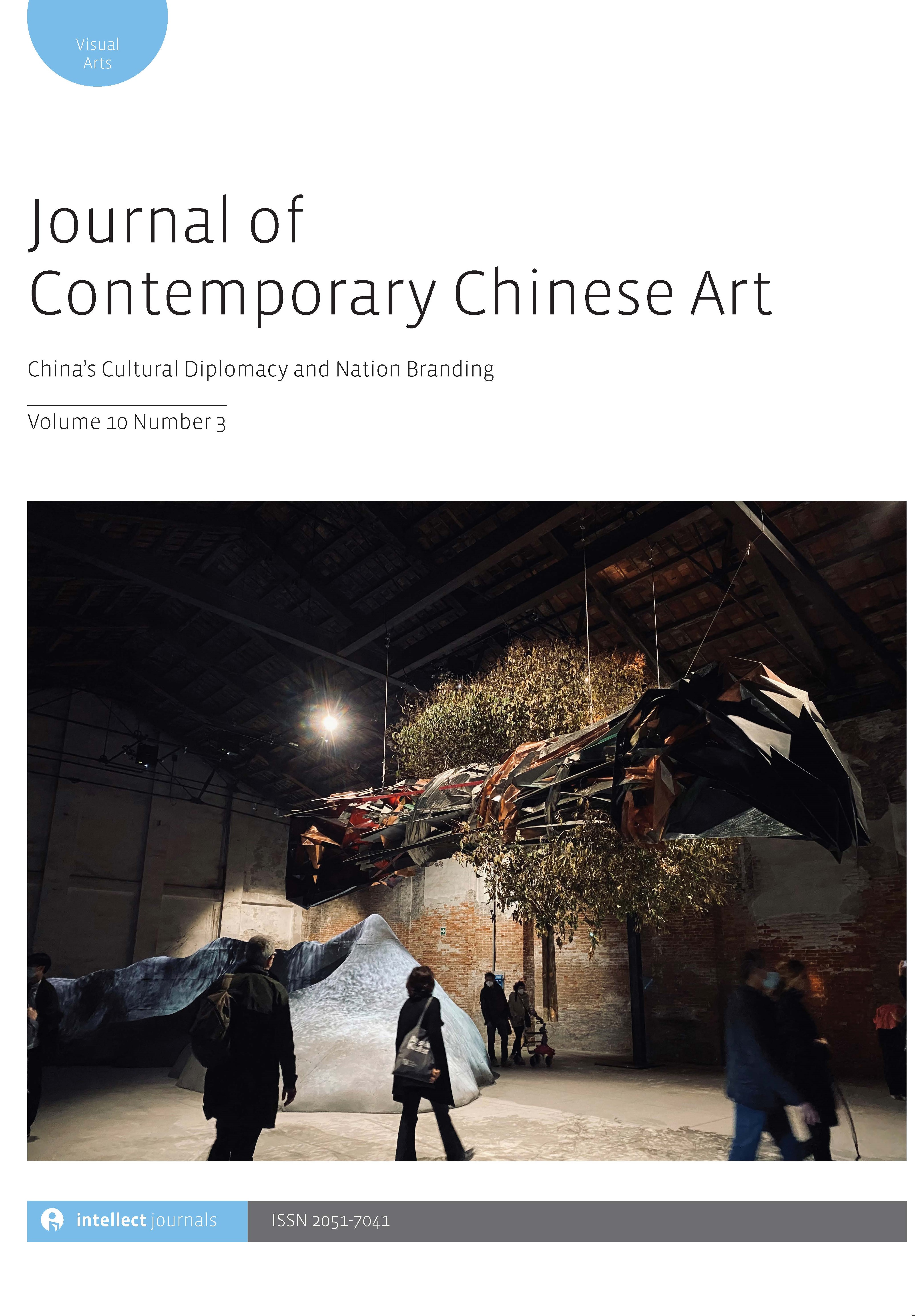
Full text loading...

This article examines the China Pavilion at the 2017 Venice Biennale through an exploration of temporality. It argues that the pavilion's deployment of a politics of time – by mobilizing China's dynastic past and its traditional arts to enhance the present – constructs a mode of cultural timelessness that sustains a stultifying visual and discursive regime. Touting the theme of 'Continuum – Generation by Generation', the pavilion paid a lofty tribute to folk-art practices such as embroidery and shadow play, elevating two paintings from the Song Dynasty as the fount of contemporary artistic imagination. This recourse to the past mirrors a predictable and safe representational strategy often mobilized by the country to shape its own public and media image on the global stage. In view of this, the pavilion can be more constructively investigated as an exercise in image and perception management, or nation branding, which reveals the self-narratives that the country embraces. Nation branding serves as a complementary analytical lens that probes the instrumentalization of Chinese traditions, history and past, while crystallizing some parallel visual logics and aims of contemporary art. Aesthetics and nation branding are, therefore, conjoined to question the shared visuality that perpetuates, to borrow a term from Rey Chow, the 'affect of pastness' that obscures a more timely and inventive imaginary of the country.

Article metrics loading...

Full text loading...
References


Data & Media loading...

Publication Date:
https://doi.org/10.1386/jcca_00010_1 Published content will be available immediately after check-out or when it is released in case of a pre-order. Please make sure to be logged in to see all available purchase options.